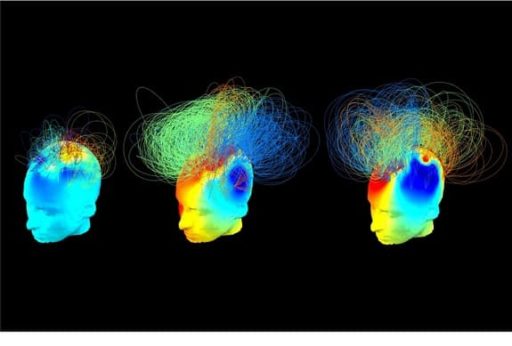Apparently, we are at the dawn of a new computer era, as scientists explain us how a revolutionary material can be the building block for faster, thinner and even flexible devices. The breakthrough comes from controlling graphene which is a very strong nanomaterial (two hundred times stronger than steel) made out of a single atomic layer of carbon atoms bound in a hexagonal network.
The advantages of graphene include the high levels of conductivity, meaning that it conducts heat and electricity better than any other material known to humankind. Under the circumstances, there is a huge potential to revolutionize semiconductor, sensor, and display technology. The knowledge about graphene have been around for almost sixty years, but at the time the method used to enhance this material’s electronic properties and to make it functional was based on harsh acids that damaged the graphene.
Now, researchers at Northwestern’s McCormick School of Engineering and Applied Science developed a new method that eliminates the collateral damages and makes the oxidation process reversible allowing scientists to finely tune the graphene’s properties. “In our method, however, the resulting graphene oxide is chemically homogeneous and reversible – leading to well-controlled properties that can likely be exploited in high-performance applications,” explained Mark C. Hersam, professor of materials science and engineering at the McCormick School.
However, the breakthrough is not likely to produce effects for the average user soon. Despite it’s huge potential, graphene is still in its developing stage. “It’s unclear if this work will impact real-world applications overnight, but it appears to be a step in the right direction,” also explained Mark Hersam. Probably in the not so distant future we’ll see graphene replacing silicone in the computer industry and all the benefits we are yet to predict will become more obvious. In addition, the graphene could prove useful for a wider range of applications and from transparent super conducting materials, biomedical sensors and even light and strong aircraft.




